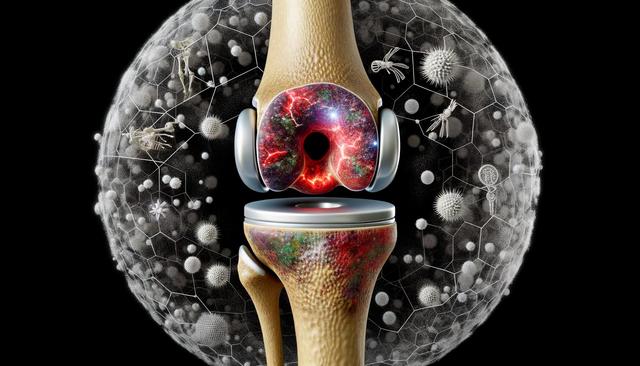
Exploring Treatment Options for Knee Arthritis
Understanding Knee Arthritis
Knee arthritis refers to the inflammation and gradual degeneration of the knee joint, often resulting in pain, stiffness, and reduced mobility. It is a chronic condition that can worsen over time if not managed appropriately. The most common type is osteoarthritis, which typically occurs due to wear and tear of the cartilage. However, other forms like rheumatoid arthritis and post-traumatic arthritis also affect the knee. These variations differ in cause but often lead to similar symptoms, including swelling, discomfort, and difficulty in movement.
Several risk factors contribute to the development of knee arthritis. Age is a significant factor, as cartilage naturally wears down over time. Obesity increases pressure on the knees, accelerating joint deterioration. Previous injuries, such as ligament tears or fractures, may also lead to arthritis later in life. Genetics, repetitive stress on the joints, and other medical conditions like gout or autoimmune diseases can further increase susceptibility.
Symptoms and Diagnosis
Recognizing the signs of knee arthritis early can help in managing the condition more effectively. Common symptoms include:
- Persistent pain in or around the knee
- Swelling and inflammation
- Stiffness, especially after periods of inactivity
- Reduced range of motion
- A grinding or clicking sound during movement
These symptoms may start gradually and worsen over time. In advanced stages, individuals may find it difficult to walk, climb stairs, or even stand for extended periods. Diagnosis typically involves a combination of physical examination, medical history, and imaging tests such as X-rays or MRI scans. These tools help physicians assess the extent of joint damage and determine the most appropriate treatment approach.
Non-Surgical Treatment Options
For many individuals, non-surgical treatments can be effective in managing knee arthritis symptoms and slowing progression. These options aim to reduce pain, improve mobility, and enhance quality of life. Common non-invasive treatments include:
- Physical therapy to strengthen muscles around the knee and improve joint function
- Weight management to reduce stress on the knee joint
- Use of assistive devices like braces or orthotic shoe inserts
- Medications such as nonsteroidal anti-inflammatory drugs (NSAIDs)
- Injections, including corticosteroids or hyaluronic acid, to reduce inflammation and improve lubrication in the joint
For some, lifestyle modifications like low-impact exercises (e.g., swimming or cycling) and dietary changes can also contribute to symptom relief. These interventions are often used in combination for optimal results, under the guidance of a healthcare provider.
Surgical Options for Advanced Cases
When conservative treatments no longer provide sufficient relief, surgical intervention may be considered. Surgery is typically reserved for individuals with severe joint damage or those whose daily activities are significantly limited. Common surgical procedures for knee arthritis include:
- Arthroscopy: a minimally invasive procedure to remove loose cartilage or repair minor damage
- Osteotomy: realignment of bones to reduce pressure on the affected part of the knee
- Partial knee replacement: replacement of only the damaged part of the knee joint
- Total knee replacement: replacement of the entire knee joint with an artificial implant
These procedures vary in complexity and recovery time, and the decision to proceed with surgery depends on several factors, including age, activity level, and overall health. Many individuals experience significant pain relief and improved function following surgery, although rehabilitation and physical therapy are essential components of recovery.
Living with Knee Arthritis
Managing knee arthritis is a long-term commitment that involves regular monitoring and adjustments to treatment as needed. Staying active within physical limits is crucial to maintaining joint flexibility and muscle strength. Individuals are encouraged to:
- Engage in low-impact activities regularly
- Follow prescribed therapy and medication regimens
- Adopt a diet rich in anti-inflammatory foods
- Stay informed about new treatment developments
Support from healthcare professionals, family, and peer groups can also play an important role in coping with the emotional and physical challenges of the condition. Technology has introduced new tools such as mobile apps for tracking symptoms and telemedicine consultations, making it easier to stay connected with care providers and monitor progress.
Conclusion: Navigating Treatment with Confidence
Exploring treatment options for knee arthritis involves understanding the condition, recognizing early symptoms, and working closely with healthcare professionals to develop a personalized care plan. Whether through lifestyle changes, non-surgical therapies, or advanced surgical procedures, it’s possible to manage symptoms and maintain an active, fulfilling life. By staying proactive and informed, individuals can take meaningful steps toward preserving their joint health and overall well-being.


